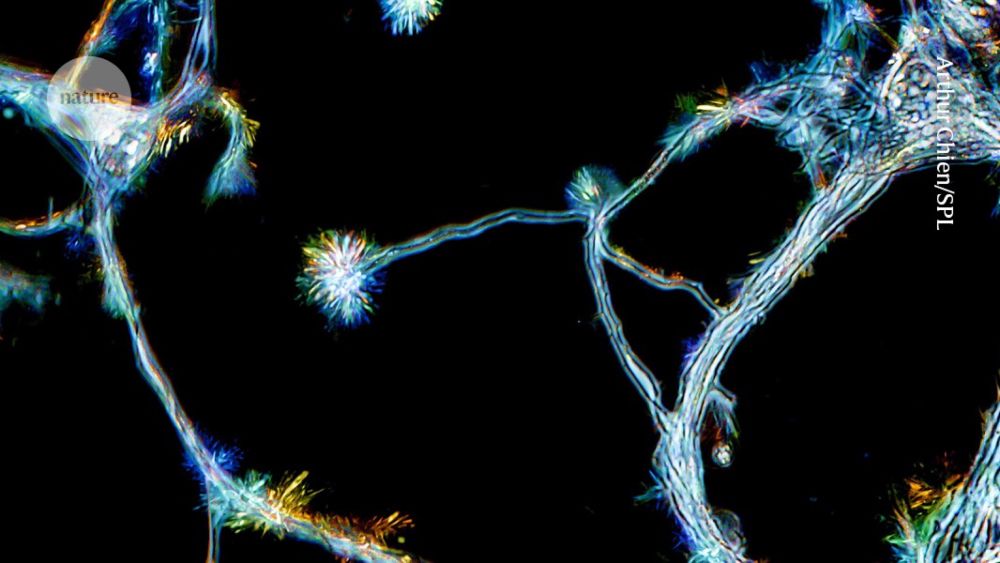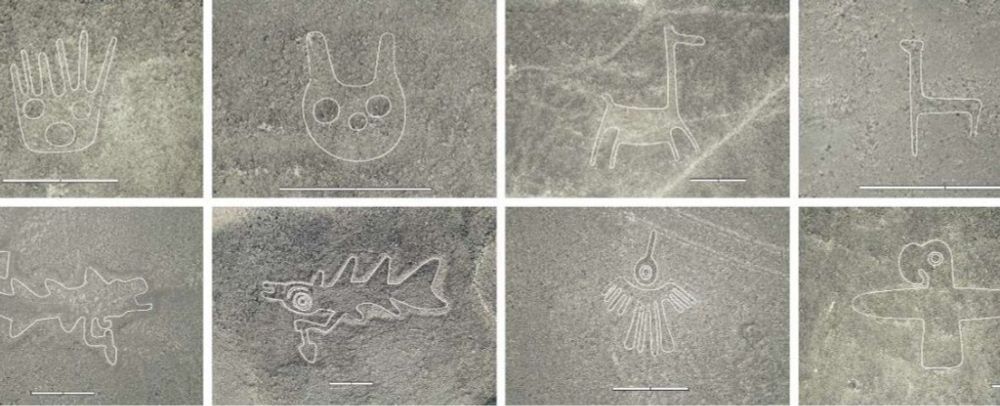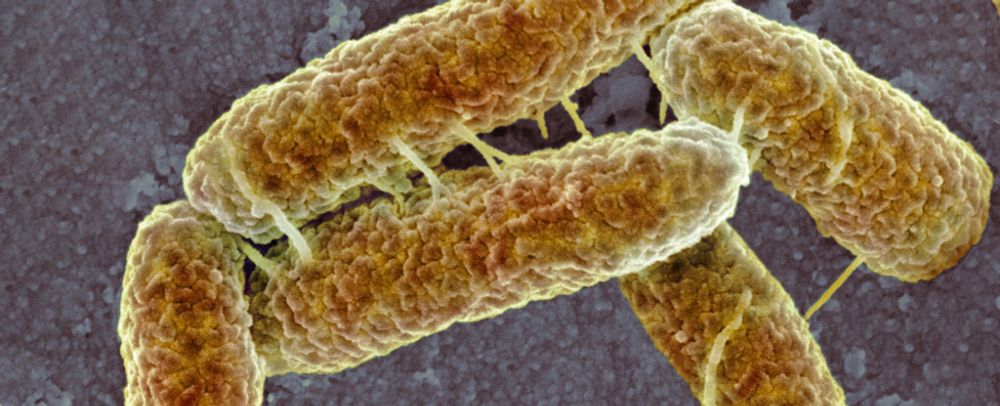
In the inner ear, we have very specialized cells called hair cells. The synapses that connect them are very sensitive to noise and can be destroyed by noise exposure. Scientists are working to learn how to reconnect them.

Medical researchers are working to better understand—and hopefully mute—tinnitus, a persistent “ringing in the ears.”
“Like architects behind the world’s great opera houses, male great bowerbirds build twiggy concert venues that amplify their raucous songs and make sure each note is pitch perfect to woo discerning females…” #scicomm#bioacoustics#sensoryecology#birdwww.science.org/content/arti... 🧪

Experiments suggest bowers amplify males’ songs and tweak their frequencies to woo females attending their show
“It’s a bird! It’s a crab! No, it’s a fish that can taste with its legs. Some sea robins, a group of fishes with two winglike fins and six crablike legs, use their legs to dig in sand and find buried prey with a sense much like taste…” #scicomm#neuroskyencewww.sciencenews.org/article/fish... 🧪 🦑 🐠

Some sea robins have taste buds on their six crablike legs that help the fish ferret out prey buried in sand as they walk.
“The human brain is constantly picking up patterns in everyday experiences — and can do so without conscious thought, finds a study1 of neuronal activity in people who had electrodes implanted in their brain tissue for medical reasons.” #scicomm#neuroskyencewww.nature.com/articles/d41... 🧪

Neurons in certain brain areas integrate ‘what’ and ‘when’ information to discern hidden order in events in real time. Neurons in certain brain areas integrate ‘what’ and ‘when’ information to discern...
“Both types of glyphs depict different things. The relief-type glyphs mostly depict humans and domesticated animals, while the line-type glyphs mostly depict wild animals.” #scicomm#science#archaeologywww.sciencealert.com/hundreds-of-... 🧪

In the desert of southern Peru, a mystery has been unfolding over decades.
“Bacteria can develop a heightened new sensitivity to acid levels when exposed to different environmental extremes in the laboratory, a new study shows.”🦠 #scicommwww.sciencealert.com/scientists-g... 🧪

Bacteria can develop a heightened new sensitivity to acid levels when exposed to different environmental extremes in the laboratory, a new study shows.
Cara, no Google Acadêmico você pode sinalizar que se tratam das mesmas publicações, mas sim, pode dividir as citações. De qualquer forma, quem estiver lendo a revisão e for procurar o preprint vai encontrar o link para a versão publicada do artigo.
Já tive preprints citados em revisões, e o artigo acabou saindo somente um ano depois. Super valeu a pena!
“Feel drained after a long video call? Your tiredness could be partly linked to the background on your screen, according to a study published on Thursday which suggested trying an image depicting nature.” #scicomm#neuroskyence#neurosciencewww.sciencealert.com/experiment-r... 🧪

Feel drained after a long video call? Your tiredness could be partly linked to the background on your screen, according to a study published on Thursday which suggested trying an image depicting natur...
A Method for Visual Psychophysics based on the Navigational Behaviour of Desert Ants (Melophorus bagoti) www.biorxiv.org/content/10.1101/2024.09.19.613987v1

The Australian desert ant Melophorus bagoti is known to navigate in their complex visual environment
